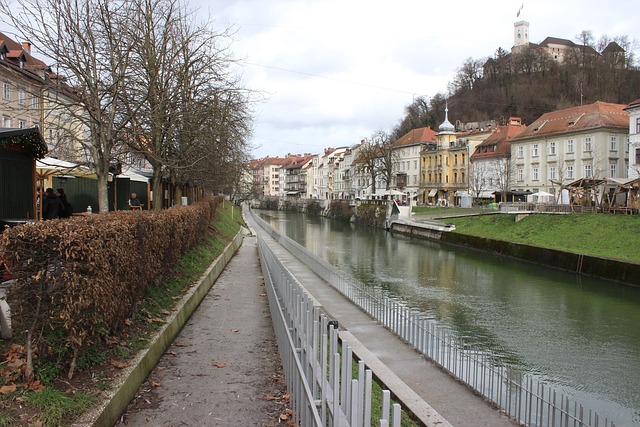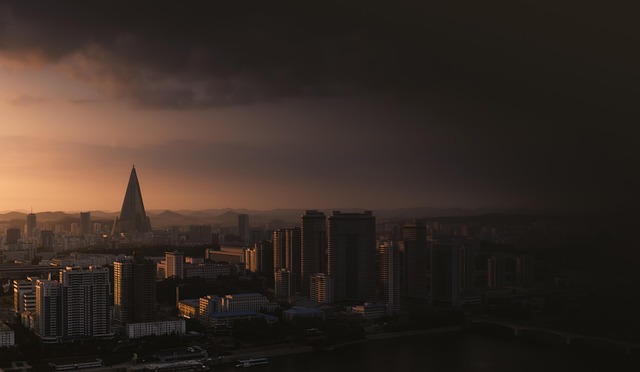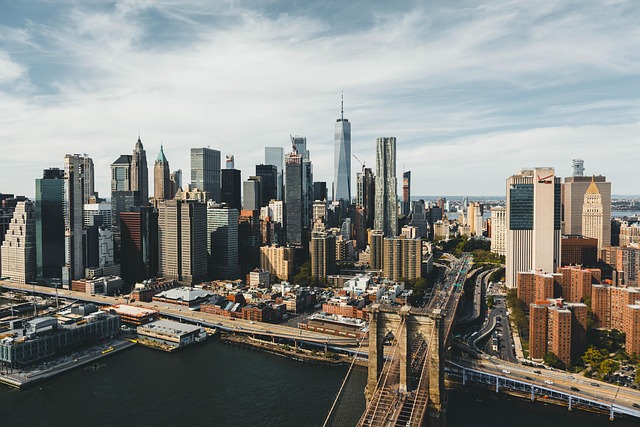Karachi's road network, vital for its economic growth and population connectivity, faces challenges like poor maintenance, drainage issues, and inadequate signage in districts like Malir. Recent local authority initiatives have improved infrastructure with smart solutions, yet further enhancements are needed. Plans include new roads, upgrades, dedicated lanes, advanced traffic management, and intelligent signaling to create a more interconnected, congestion-free network for Karachi's growing population and economic activities.
Karachi, Pakistan’s bustling metropolis, faces significant challenges in maintaining its road infrastructure, particularly in the Malir district. This article delves into the intricate landscape of Karachi’s roads, focusing on the unique dilemmas and recent advancements in Malir. From evaluating the current state to exploring future development plans, we offer an insightful overview. Discover how these initiatives aim to transform the district’s road network, enhancing connectivity and addressing long-standing issues, all while contributing to Karachi’s evolving urban landscape.
- Karachi's Road Infrastructure: An Overview
- Challenges Facing Malir District's Roads
- Recent Improvements and Upgrades
- Future Development Plans for Road Network
Karachi's Road Infrastructure: An Overview

Karachi, as Pakistan’s economic hub and one of the most populous cities in the country, boasts an extensive road network that serves as a crucial backbone for its bustling metropolis. The city’s road infrastructure is a complex tapestry woven with major thoroughfares, local lanes, and ring roads, all designed to facilitate traffic flow and connect various parts of this vibrant urban landscape. These roads are not just functional; they are the lifelines of Karachi, enabling the hustle and bustle that defines the city’s daily rhythm.
From the expansive Superhighways connecting different districts to the narrower but vital local streets, Karachi’s road network is a testament to the city’s relentless growth and development. The infrastructure has evolved over the years, incorporating modern design elements and construction techniques to enhance safety and efficiency. This ongoing transformation reflects the city’s commitment to keeping pace with its ever-expanding population and economic ambitions, ensuring that the roads of Karachi remain resilient and responsive to the changing needs of its folks.
Challenges Facing Malir District's Roads

The roads in Malir District, Karachi, face several challenges that impact both local residents and commuters. One significant issue is the poor maintenance of various road networks, leading to potholes, uneven surfaces, and damaged barriers. This not only makes travel difficult but also increases the risk of accidents, especially during adverse weather conditions. The rapid urbanization and growing population in the area have put immense pressure on the existing infrastructure, exacerbating these problems.
Additionally, inadequate drainage systems contribute to frequent water logging during monsoon seasons, causing significant disruptions. The lack of proper signage and lighting further complicates matters, making it hazardous for drivers at night. Furthermore, the constant construction activities in the region often lead to temporary road closures and detours, adding to the frustration of everyday commuters. These challenges demand immediate attention from the local authorities to ensure safer and more efficient transportation networks in Malir District.
Recent Improvements and Upgrades

In recent years, Malir, a part of the vibrant city of Karachi, has witnessed significant improvements in its road conditions. The local authorities have embarked on an ambitious upgrade project, focusing on enhancing the area’s transportation infrastructure. This initiative includes the expansion and renovation of existing roads, ensuring better connectivity and smoother travel for residents and visitors alike. With these developments, Malir is transforming into a more accessible and efficient metropolis within Karachi.
The upgrades not only involve construction but also the introduction of smart solutions. New lighting systems, improved signage, and dedicated bike lanes are being implemented to make commuting safer and more sustainable. These modern additions complement the area’s historical charm, creating a harmonious tapestry of urban development. As a result, Malir is becoming a model for sustainable transportation, setting an example for other parts of Karachi and potentially revolutionizing the city’s overall mobility landscape.
Future Development Plans for Road Network

The road network in Malir, Karachi, has witnessed significant growth over the years, but there is still much room for improvement and future development. The local government and urban planning authorities have ambitious plans to enhance and expand the road infrastructure to cater to the growing population and economic activities of the area. These plans include constructing new roads, upgrading existing ones, and implementing smart transportation solutions.
One key focus is on creating a more interconnected network with efficient bypass routes to alleviate traffic congestion. Additionally, there are proposals for the development of dedicated bus lanes and cycle paths to promote public transport and sustainable mobility options. The integration of advanced traffic management systems and intelligent signaling will also play a crucial role in optimizing road usage and ensuring safer commuting experiences for residents and visitors alike.
The road network in Karachi, particularly the Malir district, has faced significant challenges but has also witnessed notable improvements. By addressing issues like infrastructure gaps and outdated maintenance, Karachi is taking strides towards a more efficient and safe transportation system. Future development plans, focusing on upgrading and expanding the road network, promise to further enhance connectivity within the district and across Karachi. These efforts are crucial for the district’s ongoing development and will contribute to a smoother, more vibrant urban landscape in the heart of Pakistan.





Leave a Reply